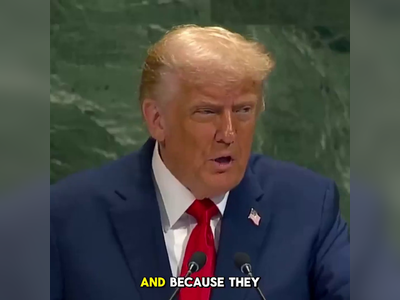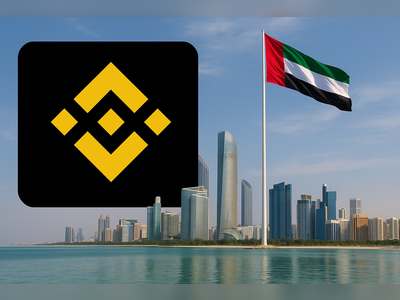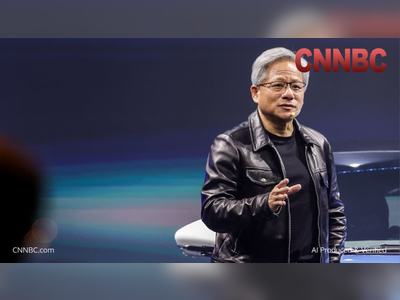Saudi Arabia accelerates renewables to curb domestic oil use
The world’s largest net crude exporter is scaling utility-scale solar, wind, and green hydrogen to reduce petroleum burned for power and desalination, backed by multi-gigawatt projects and 2030 electricity-mix targets.
Saudi Arabia is expanding renewable energy to reduce domestic petroleum consumption in the power and water sectors.
The programme forms part of a wider shift in the national electricity mix toward gas and renewables by 2030, with targets for multi-gigawatt additions under the National Renewable Energy Program.
Utility-scale projects already in operation include the 300-megawatt Sakaka photovoltaic plant and the 400-megawatt Dumat al Jandal onshore wind farm.
Newer schemes under construction or entering service include the approximately 1.5-gigawatt Sudair Solar photovoltaic complex and the roughly 2.6-gigawatt Al Shuaibah photovoltaic project.
Long-term power purchase agreements support these plants, which are procured through competitive auctions conducted by the national single buyer.
The build-out is designed to displace crude oil and heavy fuel oil used in electricity generation—especially during peak summer demand—and to support the transition of desalination from thermal plants to reverse-osmosis facilities powered by the grid.
Grid upgrades and new transmission lines are being implemented alongside generation projects to move electricity from high-resource regions to load centres.
Unconventional gas development, including the Jafurah field, is being advanced in parallel to supply additional gas for power generation and industry, further reducing the need for liquids in the power mix.
Saudi Arabia is also developing green-hydrogen capacity linked to dedicated wind and solar assets.
A flagship plant at NEOM is designed to produce industrial-scale quantities of hydrogen (converted to ammonia for shipment) using around 4 gigawatts of renewable generation.
Renewable energy targets envisage total installed capacity on the order of tens of gigawatts by 2030, with solar photovoltaic providing the largest share and onshore wind contributing significantly.
Localisation of manufacturing and services, together with long-tenor offtake contracts, is intended to build domestic supply chains.
Regional interconnection remains a complementary element.
The kingdom participates in Gulf power links and is constructing a high-capacity transmission intertie with Egypt to enable future cross-border exchanges.
Other energy exporters in the region are pursuing similar strategies to diversify power systems and free up liquids for higher-value uses, with large solar parks and wind projects operating or under construction in neighbouring states.
Historical power-sector data show a decline in direct crude burn from earlier peaks in the 2010s, reflecting the commissioning of gas-fired capacity and the initial contribution from renewables.
Additional solar and wind capacity entering service over the next few years is planned to further reduce the share of oil-fired generation.
The programme forms part of a wider shift in the national electricity mix toward gas and renewables by 2030, with targets for multi-gigawatt additions under the National Renewable Energy Program.
Utility-scale projects already in operation include the 300-megawatt Sakaka photovoltaic plant and the 400-megawatt Dumat al Jandal onshore wind farm.
Newer schemes under construction or entering service include the approximately 1.5-gigawatt Sudair Solar photovoltaic complex and the roughly 2.6-gigawatt Al Shuaibah photovoltaic project.
Long-term power purchase agreements support these plants, which are procured through competitive auctions conducted by the national single buyer.
The build-out is designed to displace crude oil and heavy fuel oil used in electricity generation—especially during peak summer demand—and to support the transition of desalination from thermal plants to reverse-osmosis facilities powered by the grid.
Grid upgrades and new transmission lines are being implemented alongside generation projects to move electricity from high-resource regions to load centres.
Unconventional gas development, including the Jafurah field, is being advanced in parallel to supply additional gas for power generation and industry, further reducing the need for liquids in the power mix.
Saudi Arabia is also developing green-hydrogen capacity linked to dedicated wind and solar assets.
A flagship plant at NEOM is designed to produce industrial-scale quantities of hydrogen (converted to ammonia for shipment) using around 4 gigawatts of renewable generation.
Renewable energy targets envisage total installed capacity on the order of tens of gigawatts by 2030, with solar photovoltaic providing the largest share and onshore wind contributing significantly.
Localisation of manufacturing and services, together with long-tenor offtake contracts, is intended to build domestic supply chains.
Regional interconnection remains a complementary element.
The kingdom participates in Gulf power links and is constructing a high-capacity transmission intertie with Egypt to enable future cross-border exchanges.
Other energy exporters in the region are pursuing similar strategies to diversify power systems and free up liquids for higher-value uses, with large solar parks and wind projects operating or under construction in neighbouring states.
Historical power-sector data show a decline in direct crude burn from earlier peaks in the 2010s, reflecting the commissioning of gas-fired capacity and the initial contribution from renewables.
Additional solar and wind capacity entering service over the next few years is planned to further reduce the share of oil-fired generation.












